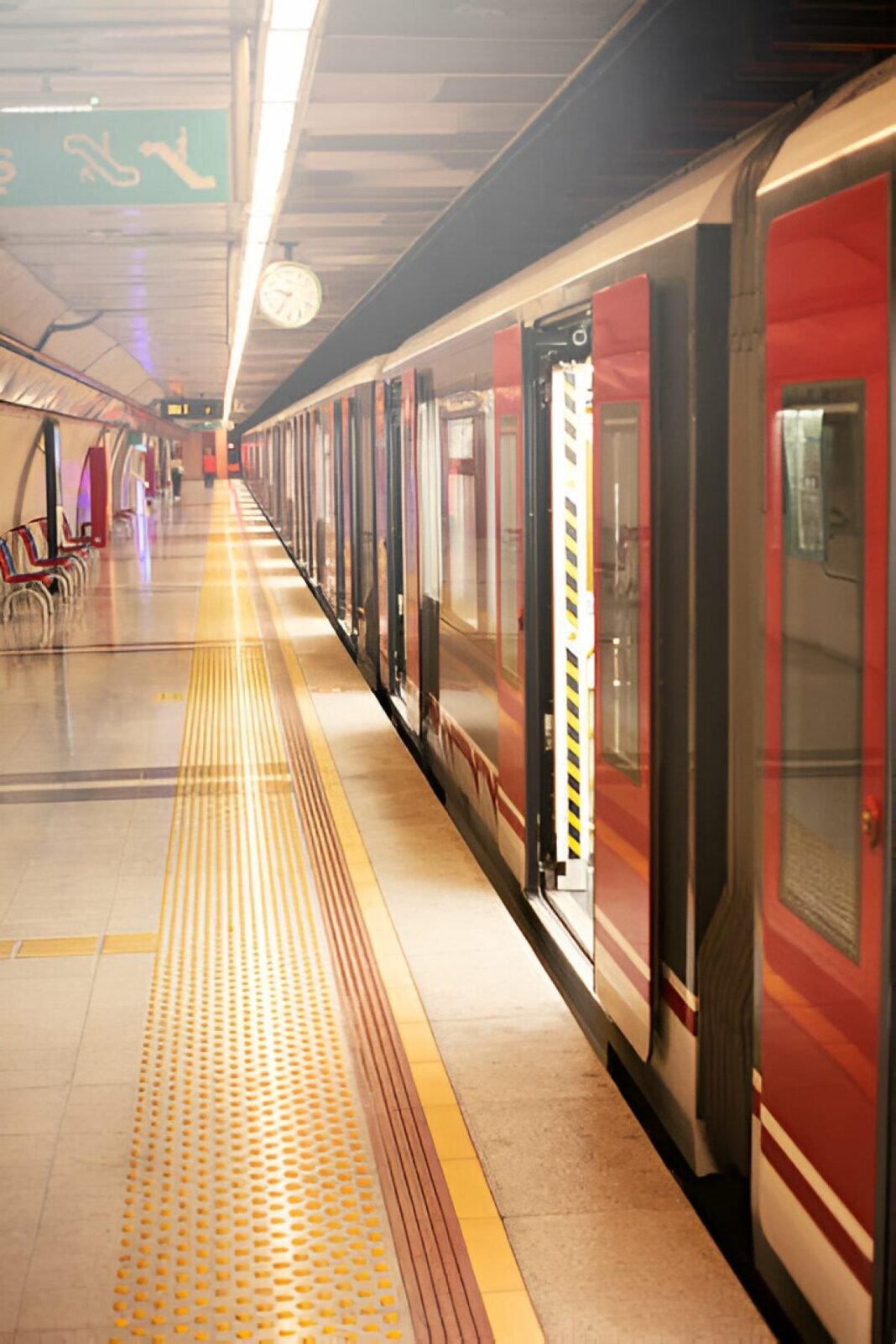Mumbai is poised to undergo a significant transformation in its transportation network with the inauguration of its first underground metro line in July. Spanning an impressive 33.5 kilometres beneath the bustling city streets, this new metro line is set to significantly alleviate Mumbai’s notorious traffic congestion. The Mumbai Metro Rail Corporation has invested over Rs 37,000 crores in this ambitious project, aiming to address the city’s perennial traffic woes and enhance urban mobility.
The underground metro project is a testament to modern engineering and urban planning. It features a 33.5 km tunnel that begins at Aarey Colony and encompasses a total of 27 stations, with 26 of them located underground. This extensive tunnelling work, covering 56 km of land, commenced in 2017. However, the project faced several interruptions during the COVID-19 pandemic, which delayed its progress. Despite these challenges, the project is now back on track, with the first phase ready to commence operations in July.
The initial phase of the metro line will span from Aarey Colony to BKC (Bandra-Kurla Complex), an area that experiences severe traffic congestion. The introduction of this underground metro is expected to provide a much-needed respite for commuters who currently endure long and arduous journeys. While Mumbai already hosts two metro projects, neither has offered a substantial solution to the city’s traffic problems until now. The new underground metro line is anticipated to be a game-changer in this regard.
The operational efficiency of the metro is set to revolutionise commuting in Mumbai. The metro will operate 260 services daily, running from 6:30 AM to 11:00 PM, ensuring a frequency of one metro every few minutes. This high frequency will drastically reduce waiting times for commuters. Additionally, the metro will achieve speeds of up to 90 km per hour, significantly reducing travel times. A journey of 35 km, which typically takes over two hours by road, will be completed in just 50 minutes by metro, offering a more efficient and reliable mode of transportation.
The underground metro stations are strategically located to serve key areas across the city. The stations include Cuffe Parade, Vidhan Bhavan, Churchgate, Hutatma Chowk, CST Metro, Kalbadevi, Girgaon, Grant Road, Mumbai Central Metro, Mahalaxmi, Science Museum, Acharya Atre Chowk, Worli, Siddhivinayak, Dadar, Sitaladevi, Dharavi, BKC, Vidyanagari, Santacruz, Domestic Airport, Sahar Road, International Airport, Marol Naka, MIDC, SEEPZ, and Aarey Depot. These stations are designed to facilitate easy access and enhance connectivity to various parts of the city.
The project timeline indicates a phased approach to the metro’s full implementation. While the first phase is set to launch in July, the completion of the entire project, including the second phase of the tunnel, is anticipated within the next eight months. This phased approach ensures that commuters can start benefiting from the new metro line as soon as possible while allowing for the meticulous completion of the remaining construction work.
In conclusion, Mumbai’s first underground metro line marks a major advancement in the city’s transport. Offering fast, reliable transit, it is expected to reduce traffic congestion and improve residents’ quality of life, ushering in a new era of urban mobility.





